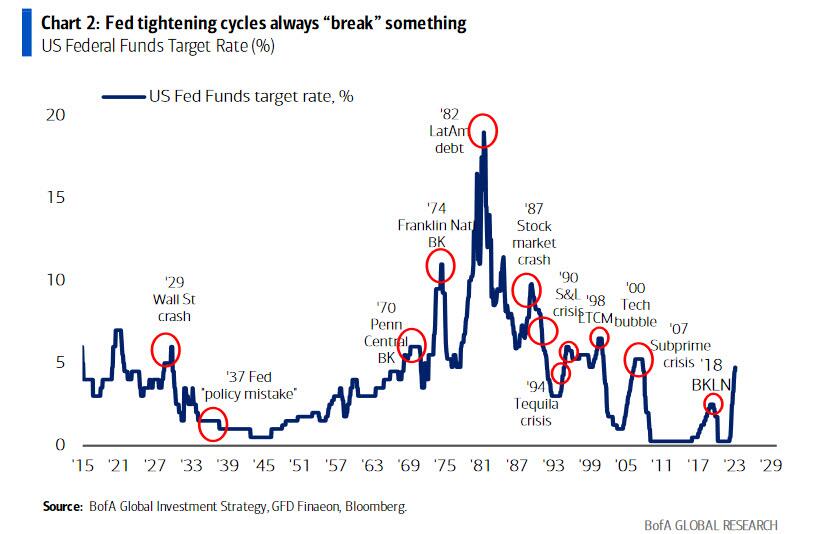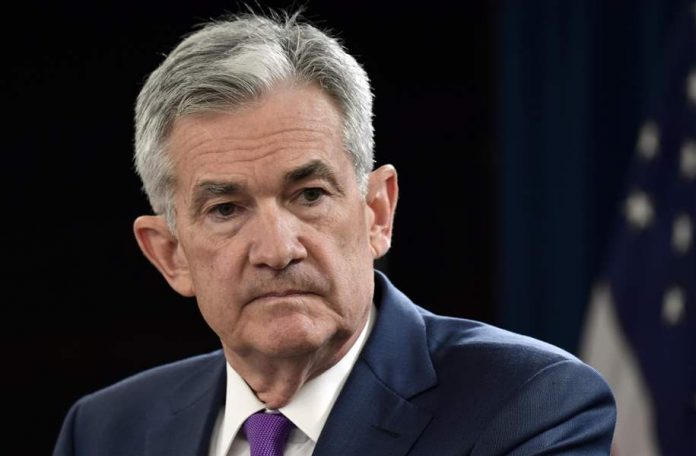Stocks fell slightly this morning to finish off a bearish February with a whimper. The Dow, S&P, and Nasdaq Composite all traded modestly lower as yields gained. The 10-year Treasury yield advanced to 3.97%, touching a high unseen since last November.
After bursting higher to start the year, equities cooled significantly over the last few weeks as hot inflation reports rocked markets. But will stocks continue lower in March?
Adam Sarhan, CEO of 50 Park Investments, still sees potential upside for stocks.
“[February] will go down in history as the month where the market pulled back to digest a very strong rally you saw at the end of December into most of January,” he said.
“This is a pullback month, it’s a rest month, and that’s good as long as support is defended and support holds, which is last week’s low.”
Last week’s low could hold if yields stop rising.
Analyst Katie Stockton, however, says a breakthrough for the 10-year Treasury yield may be imminent.
“The next resistance that’s meaningful is at the October 2022 high and that’s about 4.34[%] for yields. We do think there’s going to be progress towards that resistance level,” she said this morning.
Bonds ended their rally back in mid-January, several weeks before equities did. Bonds and stocks have moved in tandem since January 2022. It seems that wherever bonds go, stocks are soon to follow. The Fed’s lengthy fight with inflation could keep yields elevated, pressing stocks down in the process.
But that doesn’t mean these two assets will always be tied together; disconnects will form again in which bonds outperform stocks and vice versa.
For the time being, however, the two seem explicitly linked.
Bank of America strategist Michael Hartnett, who was the market’s most accurate analyst in 2022, predicts additional stock losses for at least another week.
“The S&P will swoon to 3,800 by March 8,” Hartnett said in a weekend note to clients.
His reasoning for this prediction is that stronger-than-expected economic data would whack bonds lower. January’s data did just that. He anticipates that February’s data, to be released in early March, would do the same.
The February jobs report comes out on March 10th. All hell could break loose (for bulls, at least) if investors see another strong print as it would imply that the Fed’s tightening cycle would continue.

Bank of America analysts laid out the Fed’s track record over the last 100+ years. Whenever the Fed starts to tighten, something always breaks. Standouts were the crashes of 1929, 1987, the tech bubble of 2000, and the subprime lending crisis of 2007.
Given that every tightening cycle has ended poorly, this one will be no different, regardless of whether stocks end up rallying through the middle of the year as economic data continues to suggest a “no landing” scenario.
Because when the slowdown does arrive (likely H2 2023), it will look even worse by comparison, all while inflation remains stubbornly high.








